Mandibular Sexual Dimorphism in Late Holocene Hunter-Gatherers: Comparing the Diagnostic Efficiency between Two Methodological Approaches
Keywords:
bioarchaeology, human osteology, sex determination, mandibular techniquesAbstract
Sex determination is the basis of systematic studies on human skeletal remains. In this paper, we explore the relative diagnostic efficiency of two methods employed to determine sex in mandibles from Médano Petroquímica site, Argentina. Techniques used were the angle of posterior inflexion of mandibular ramus and the traditional method using multiple morphological traits of the mandible. The sex was separatedly assessed by two trained technicians who applied three times each
one. Results show a greater consistency and a relative efficiency in the traditional procedure compared to the first one. We conclude that the Loth and Henneberg technique (1996) cannot reliably replace the traditional technique, at least not in the case of secondary burials considered.
Downloads
References
Acsádi, György y János Nemeskéri. 1970. History of Human Life Span and Mortality. Budapest: Akadémiai Kiadó.
Ammann, Matías G., Mario A. Arrieta, María Candelaria Croatto, Lila Bernardi, Osvaldo J. Mendonça y María A. Bordach. 2010. “Descripción e interpretación de marcadores bioarqueológicos del sitio Médano Petroquímica, departamento Puelén, provincia de La Pampa”. En Mamül Mapu: pasado y presente desde la arqueología pampeana, editado por Mónica Berón, Leandro Luna, Mariano Bonomo, Claudia Montalvo, Claudia Aranda y Manuel Carrera Aizpitarte, 215-222. Ayacucho: Libros del Espinillo.
Arsuaga, Juan L. y José M. Carretero. 1994. “Multivariate Analysis of the Sexual Dimorphism of the Hip Bone in a Modern Population and in Early Hominids”. American Journal of Physical Anthropology 93: 241-257.
Barboza, María Carolina, Osvaldo J. Mendonça y María de la Asunción Bordach. 2002. “Estudio de marcadores biológicos y culturales del sexo en un conjunto hispano-indígena de Tilcara (sitio SJ Til. 43)”. Revista Argentina de Antropología Biológica 4 (1): 87-111.
—. 2003a. “Expresión del dimorfismo sexual mandibular en esqueletos del sitio SJ Til. 43 (Tilcara, Jujuy)”. Revista Argentina de Antropología Biológica 5 (2): 63-74.
—. 2003b. “Marcadores morfológicos y métricos del sexo en un conjunto osteológico del formativo de Tilcara (sitio SJ Til. 20)”. Revista Argentina de Antropología Biológica 5 (2): 75-88.
—. 2006. “Dimorfismo sexual mandibular en una colección formativa SJ Til. 20 (Tilcara, Jujuy)”. Cuadernos de la Facultad de Humanidades y Ciencias Sociales UNJu 32: 53-63.
Bordach, María de la Asunción. 1989. La determinación del sexo en el esqueleto humano, vol. 4 de Serie Didáctica. Río Cuarto: UNRC.
Brothwell, Don. 1987. Digging up Bones. The Excavation, Treatment and Study of Human Skeletal Remains. 3.ª ed. Ithaca: Cornell University Press.
—. 1989. “The Relationship of Tooth Wear to Aging”. En Age Markers in the Human Skeleton, editado por Mehmet Y. Isçan, 303-317. Springfield, Illinois: Thomas Publisher.
Bruzek, Jaroslav y Pascal Murail. 2006. “Methodology and Reliability of Sex Determination from the Skeleton”. En Forensic Anthropology and Medicine. Complementary Sciences from Recovery to Cause of Death, editado por Aurore Schmitt, Eugénia Cunha y João Pinheiro, 225-242. Nueva Jersey: Human Press.
Buikstra, Jane E. y James H. Mielke. 1985. “Demography, Diet, and Health”. En The Analysis of Prehistoric Diet, editado por Robert I. Gilbert y James H. Mielke, 191-223. Orlando: Academic Press.
Buikstra, Jane E. y Douglas H. Ubelaker, eds. 1994. Standards for Data Collection from Human Skeletal Remains. Survey Research Series n.o 44. Fayetteville: Arkansas Archeological.
Cohen, Jacob. 1960. “A Coefficient of Agreement for Nominal Scales”. Educational and Psychological Measurement 20 (1): 37-46.
Coqueugniot, Hélène y Jaroslav Bruzek. 1997. “Incurvation de la branche mandibulaire: réévaluation de son importance dans la détermination sexuelle”. Colloque des Anthropologistes de Langue Française (GALF): 32.
Donnelly, Steves M., Samantha M. Hens, Nikki L. Rogers y Kennan L. Schneider. 1998. “Technical Note: A Blind Test of Mandibular Ramus Flexure as a Morphologic Indicator of Sexual Dimorphism in the Human Skeleton”. American Journal of Physical Anthropology 107: 363-366.
El Najjar, Mahmoud Y. y Richard McWilliams. 1978. Forensic Anthropology. Springfield, Illinois: Thomas Publisher.
Fabian, F. M. y Rose Mpembeni. 2002. “Sexual Dimorphism in the Mandibles of a Homogenous Black Population of Tanzania”. Tanzania Journal of Science
(2): 47-53.
Ferembach, Denise, Ilse Schwidetzky y Milan Stloukal. 1980. “Recommendations for Age and Sex Diagnoses of Skeletons”. Journal of Human Evolution 9: 517-549.
Fleiss, Joseph L. 1981. Statistical Methods for Rates and Proportions. 2.ª ed. Nueva York: John Willey & Sons.
Franklin, Daniel, Paul O’Higgins y C. E. Oxnard. 2008. “Sexual Dimorphism in the Mandible of Indigenous South Africans: a Geometric Morphometric Approach”. South Africans Journal of Science 104 (3): 101-106.
Frayer, David W. y Milford H. Wolpoff. 1985. “Sexual Dimorphism”. Annual Review of Anthropology: 429-473.
Genovés, Santiago. 1959. Diferencias sexuales en el hueso coxal. Primera Serie 49. Universidad Autónoma de México. México: Instituto de Historia.
Haun, Susan J. 2000. “Brief Communication: A Study of the Predictive Accuracy of Mandibular Ramus Flexure as a Singular Morphologic Indicator of Sex in an Archaeological Sample”. American Journal of Physical Anthropology 111: 429-432.
Hernández, Aguado Ildefonso, María Porta Serra, M. Miralles, Fernando García Benavides y F. Bolúmar. 1990. “La cuantificación de la variabilidad en las observaciones clínicas”. Epidemiología para Clínicos 95: 424-429.
Hill, Cheryl A. 2000. “Technical Note: Evaluating Mandibular Ramus Flexure as a Morphological Indicator of Sex”. American Journal of Physical Anthropology 111: 573-577.
Holcolmb, Susana M. C. y Lyle W. Konigsberg. 1995. “Statistical Study of Sexual Dimorphism in the Human Fetal Notch”. American Journal of Physical Anthropology 97: 113-125.
Indrayana, Noto S., Josef Glinka y Sylvia Mieke. 1998. “Mandibular Ramus Flexure in an Indonesian Population”. American Journal of Physical Anthropology 105: 89-90.
Kemkes-Grottenthaler, Arianne, Frank Löbig y Frauke Stock. 2002. “Mandibular Ramus Flexure and Gonial Eversion as Morphologic Indicators of Sex”. Homo 53 (2): 97-111.
Koski, Kalevi. 1996. “Mandibular Ramus Flexure--Indicator of Sexual Dimorphism?”. American Journal of Physical Anthropology 101 (4): 545-546.
Krogman, Wilton M. y Mehmet Y. Isçan. 1986. The Human Skeleton in Forensic Medicine. Springfield, Illinois: Thomas Publisher.
López de Ullibarri Galparsoro, Ignacio y Salvador Pita Fernández. 2001. “Medidas de concordancia: el índice de kappa”. Cuadernos de Atención Primaria 6: 169-171.
Loth, Susan R. y Maciej Henneberg. 1996. “Mandibular Ramus Flexure: A New Morphologic Indicator of Sexual Dimorphism in the Human Skeleton”. American Journal of Physical Anthropology 99: 473-485.
Meindl, Richard S., C. Owen Lovejoy, Robert P. Mensforth y Lydia Don Carlos. 1985. “Accuracy and Direction of Error in the Sexing of the Skeleton: Implications for Paleodemography”. American Journal of Physical Anthropology 68: 87-106.
Ongkana, Nutcharin y Sudwan Paiwan. 2009. “Gender Difference in Thai Mandibles Using Metric Analysis”. Chiang Mai Medical Journal 48 (2): 43-48.
Ortner, Donald J. 2003. Identification of Pathological Conditions in Humans Skeletal Remains. Florida: Academic Press.
Phenice, Terrell W. 1969. “A Newly Development Visual Method of Sexing the Os Pubis”. Journal of Anatomy and Physiology 30: 297-301.
Pokhrel, Rishi y Bhatnagar Rajan. 2013. “Sexing of Mandible Using Ramus and Condyle in Indian Population a Discriminant Function Analysis”. European Journal of Anatomy 17 (1): 39-42.
Politis, Gustavo G. y María Paula Barros. 2006. “La región pampeana como unidad espacial de análisis en la arqueología contemporánea”. Folia Histórica del Nordeste
: 51-74.
Pons, José. 1955. “The Sexual Diagnostic of Isolated Bones of the Skeleton”. Human Biology 27: 12-21.
Punarjeevan Kumar, Manne y Sadhu Lokanadham. 2013. “Sex Determination and Morphometric Parameters of Human Mandible”. International Journal of Research in Medical Sciences 1 (2): 93-96.
Roberts, C. y K. Manchester. 1999. The Archaeology of Disease. Nueva York: Cornell University Press.
Saini, Vineeta, Rashmi Srivastava, Rajesh K. Rai, Satya N. Shamal, Tej B. Singh y Sunil K. Tripathi. 2011. “Mandibular Ramus: An Indicator for Sex in Fragmentary Mandible”. Journal of Forensic Sciences 56: s1.
Saunders, Shelley. 1992. “Subadult Skeletons and Growth Related Studies”. En Skeletal Biology of Past Peoples, editado por Shelley Saunders y M. Anne Katzenberg,
-20. Wiley-Liss.
Sharma, Maneesha, R. K. Gorea, Arshdeep Gorea y Abdulwahab Abuderman. En prensa. “A Morphometric Study of the Human Mandible in Indian Population for Sex Determination”. Egyptian Journal of Forensic Sciences. http://dx.doi.org/10.1016/j.ejfs.2015.01.002.
Stewart, Thomas D. 1968. “Identification by the Skeletal Structures”. En Gradwohl’s Legal Medicine, editado por Francis E. Camps, 123-154. Bristol: John Wright y Sons.
Stini, William A. 1969. “Nutritional Stress and Growth Sex Difference in Adaptative Response”. American Journal of Physical Anthropology 31 (3): 417-426.
—. 1985. “Growth Rates and Sexual Dimorphism in Evolutionary Perspective”. En The Analysis of Prehistoric Diets, editado por R. I. Gilbert y J. H. Mielke, 191-226. Orlando, Florida: Academic.
Tanner, James M. 1986. “Normal Growth and Techniques of Growth Assessment”. Clinics in Endocrinology and Metabolism 15 (3): 411-451.
Thayer, Zaneta M. y Seth D. Dobson. 2010. “Sexual Dimorphism in Chin Shape: Implications for Adaptive Hypotheses”. American Journal of Physical Anthropology, 143: 417-425.
Ubelaker, Douglas H. 1974. Reconstruction of Demographic Profiles from Ossuary Skeletal Samples. A Case Study from the Tidewater Potomac. Smithsonian Contributions
to Anthropology n.o 18. Washington, D. C.: Smithsonian Institution.
—. 1982. Human Skeletal Remains. Excavation, Analysis, Interpretation. Washington, D. C.: Smithsonian Institution.
Vinay, G, S. R. Mangala Gowri y J. Anbalagan. 2013. “Sex Determination of Human Mandible Using Metrical Parameters”. Journal of Clinical and Diagnostic Research
(12): 2671-2673.
Vodanović, Marin, Jelena Dumančić, Željko Demo y Damir Mihelić. 2006. “Determination of Sex by Discriminant Function Analysis of Mandibles Mandibles from Two Croatian Archaeological Sites”. Acta Stomatologica Croatica 40 (3): 263-277.
White, Tim D. 1953. “A Method of Calculating the Dietary Percentage of Various Food Animals utilized by Aboriginal Peoples”. American Antiquity 19: 396-398.
White, Tim D. y Pieter A. Folkens. 1991. Human Osteology. San Francisco: Academic Press.




















